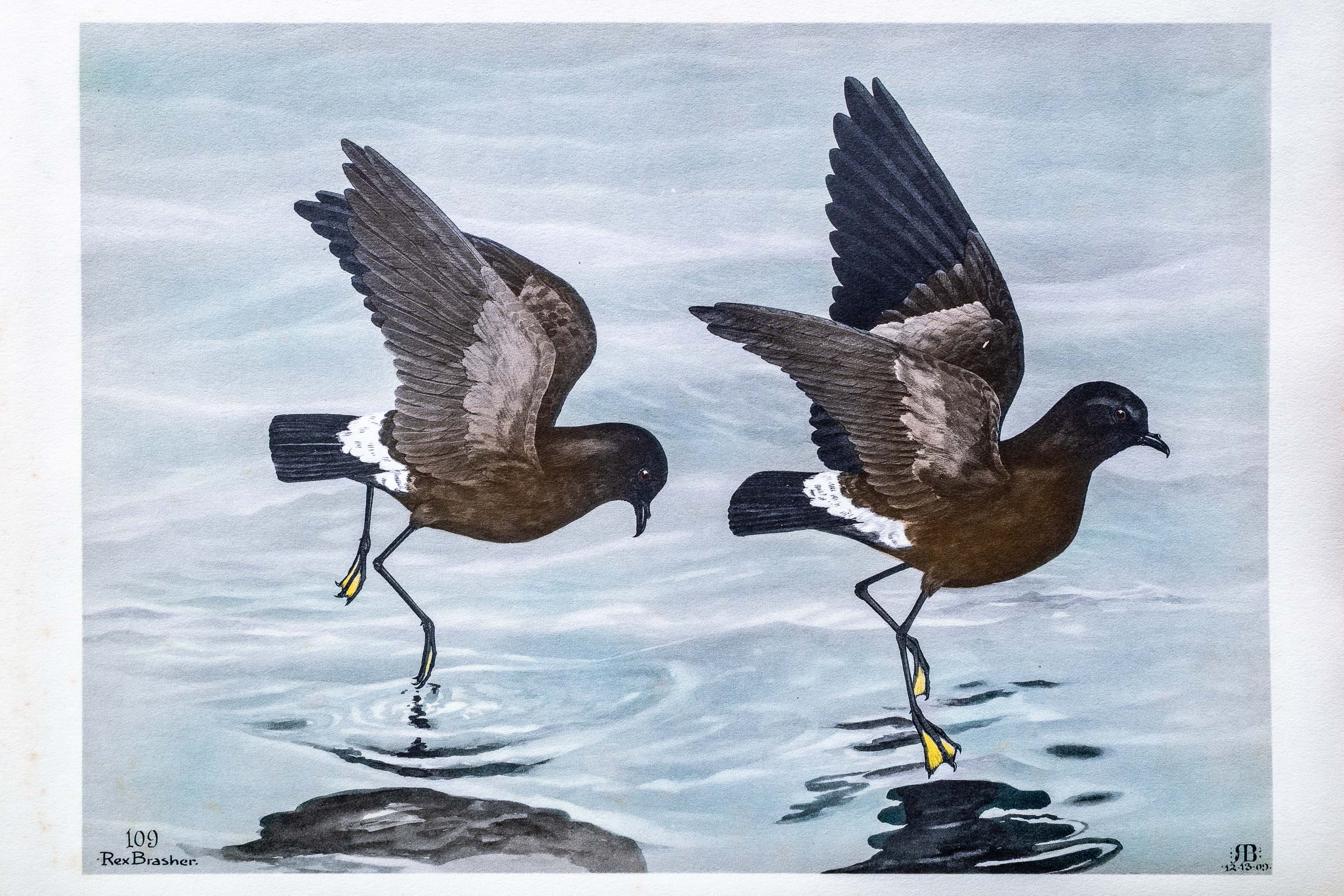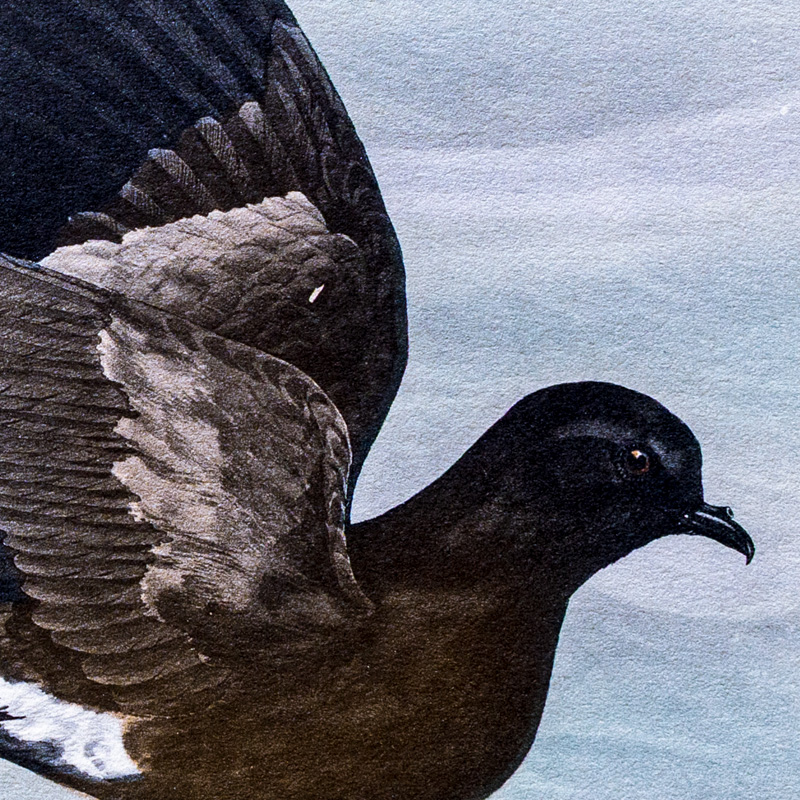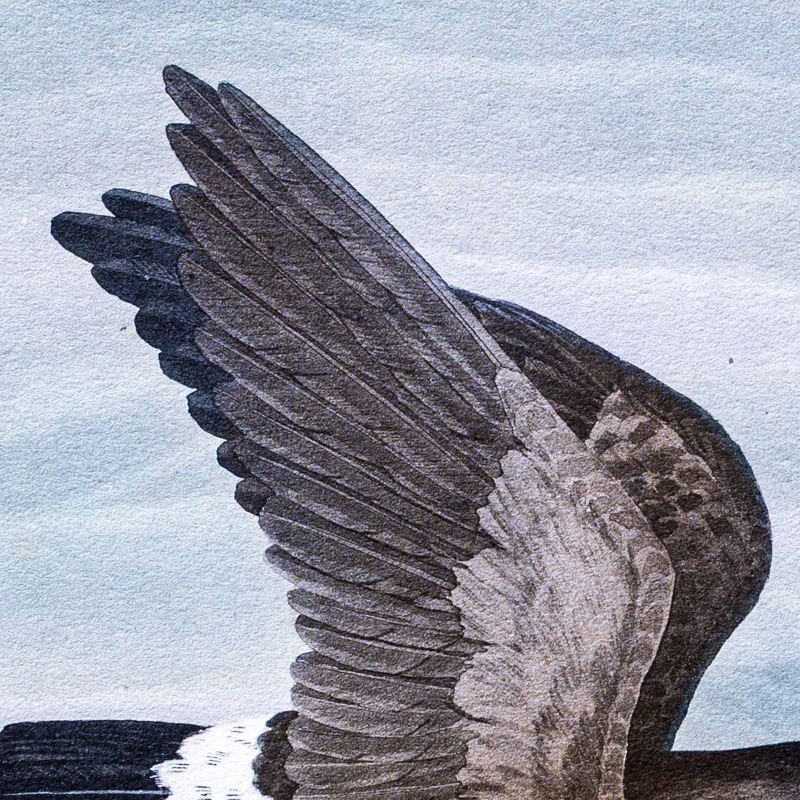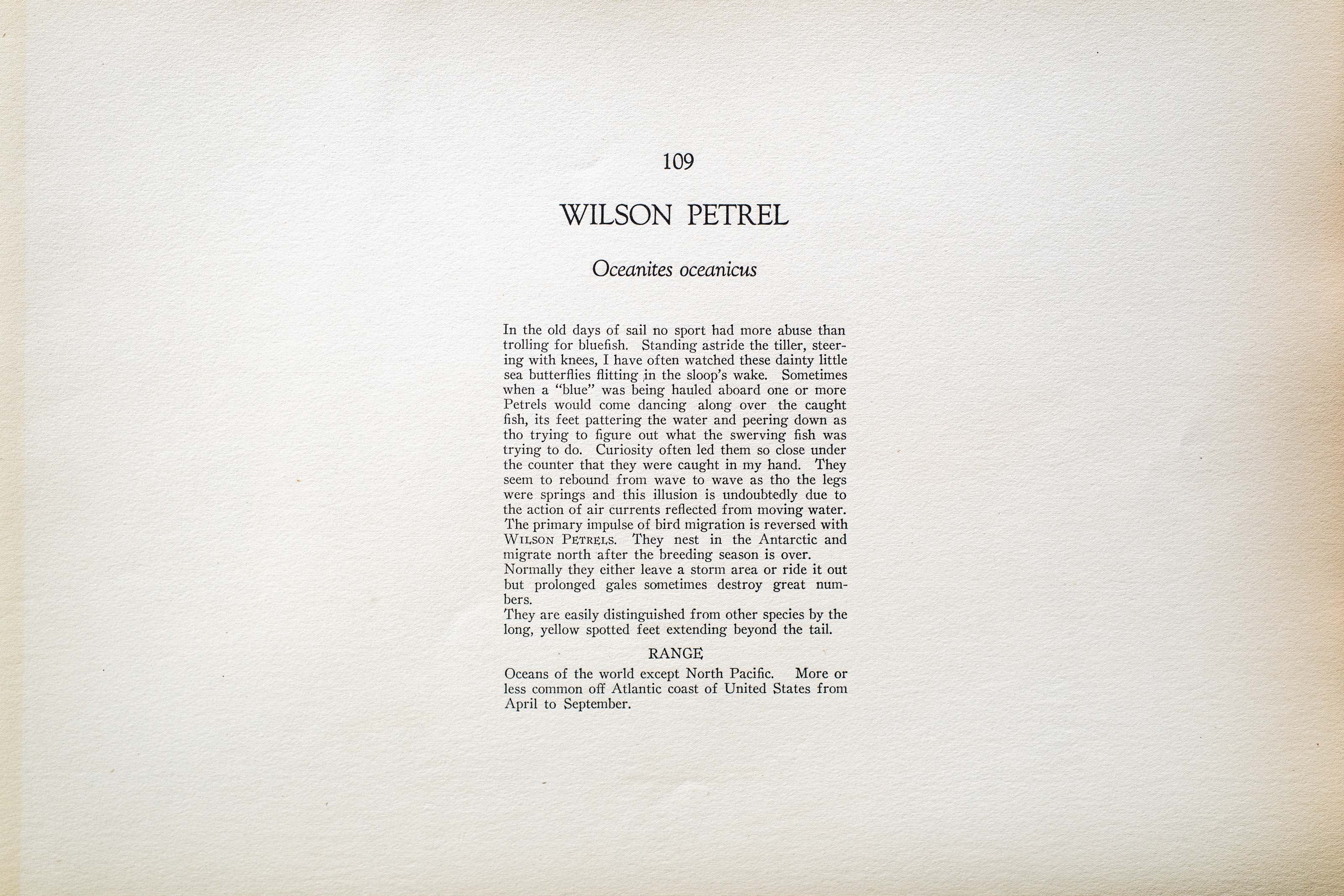






1909
1932
2
109
A team of dedicated board members, volunteers, and student interns has published every page in Volume 9. This volume includes 360 images of paintings and lyrical descriptions of birds, now available online for everyone to enjoy anywhere in the world. This is a monumental task. Each volume requires approximately 400 hours to photograph, edit, transcribe, catalog, and publish online. We need your support to complete this work.
If you're tech-savvy, have a good eye, are meticulous with details, and love structured data, please consider volunteering by emailing us at hello@rexbrasher.org.
We encourage all bird lovers and supporters to consider a monetary donation to support our mission to make Rex's work available for everyone. You can provide a one-time or recurring donation online.
In the old days of sail no sport had more abuse than trolling for bluefish. Standing astride the tiller, steering with knees, I have often watched these dainty little sea butterflies flitting in the sloop's wake. Sometimes when a "blue" was being hauled aboard one or more Petrels would come dancing along over the caught fish, its feet pattering the water and peering down as tho trying to figure out what the swerving fish was trying to do. Curiosity often led them so close under the counter that they were caught in my hand. They seem to rebound from wave to wave as tho the legs were springs and this illusion is undoubtedly due to the action of air currents reflected from moving water. The primary impulse of bird migration is reversed with WILSON PETRELS. They nest in the Antarctic and migrate north after the breeding season is over.
Normally they either leave a storm area or ride it out but prolonged gales sometimes destroy great numbers.
They are easily distinguished from other species by the long, yellow spotted feet extending beyond the tail.
Oceans of the world except North Pacific. More or less common off Atlantic coast of United States from April to September.